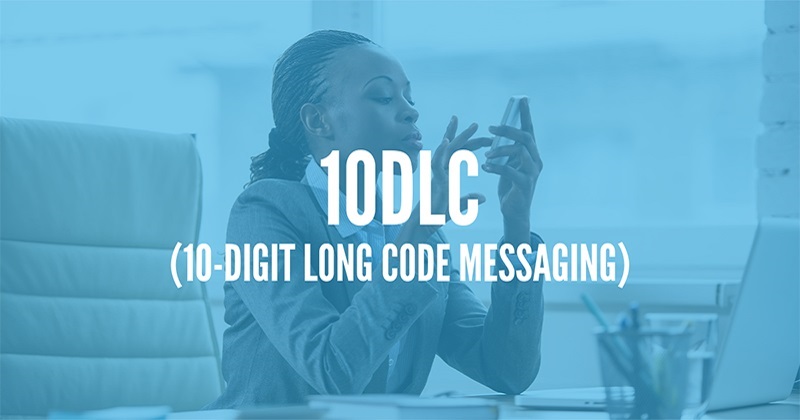Short Code vs 10DLC: Which is Better for Your Business?

TechsPlace | Businesses frequently use short codes and 10-digit Long Codes (10DLC) to communicate with clients using SMS (Short Message Service). Every choice has a unique set of advantages, characteristics, and things to think about. Businesses must be aware of the distinctions between 10DLC and short codes to choose the appropriate option for their need.
Understanding Short Codes
SMS messages are sent and received using short codes, which are shortened phone numbers that are usually five or six digits long. Their rapid throughput and widespread recognition make them perfect for mass message initiatives like warnings, notifications, and marketing incentives. Mobile carriers must approve short codes, which can lead to higher setup costs and lengthier approval delays. Short codes are governed by the Common Short Code Administration (CSCA).
Exploring 10DLC (10-Digit Long Codes)
Businesses can utilize 10-digit Long Codes, or a 10 DLC, as normal phone numbers to deliver SMS messages. 10DLC numbers are assigned to specific businesses and provide more control and customization than short codes, which are shared by several users. Campaign Registry (CR) regulations govern 10DLC numbers, necessitating that companies register campaigns and follow stringent standards to guarantee carrier policy compliance.
Cost Considerations
Cost is a crucial consideration when comparing 10DLC and short codes. Short codes usually have higher setup and monthly lease prices than 10DLC numbers. Furthermore, there might be extra costs associated with campaign management and message throughput for short codes. However, 10DLC numbers typically have reduced initial rates and could provide more adaptable pricing plans depending on usage and message volume.
Throughput and Scalability
Because short codes are scalable and have high throughput, they are appropriate for large-scale communications campaigns with huge message quantities. They are perfect for large marketing campaigns and communications that need to be completed quickly since they can process hundreds of messages per second. On the other hand, depending on carrier limits and campaign registration requirements, 10DLC numbers could have lower throughput limitations. This might affect scalability for enterprises that require a lot of communication.
Compliance and Deliverability
Adherence to carrier laws and industry standards is essential for maintaining deliverability and optimizing the efficiency of SMS campaigns. 10DLC numbers and short codes have distinct approval procedures and compliance requirements. While 10DLC campaigns must register with the Advertising Registry and follow carrier standards to prevent message filtering or blocking, short codes require clearance from the CSCA and adherence to carrier-specific guidelines.
Use Cases and Suitability
The individual use cases and goals of a business’s mobile messaging or communications strategy will determine whether short codes or 10DLC numbers are appropriate. Short codes work effectively for high-volume campaigns where throughput and speed are critical, such as notifications, promotional offers, and two-factor authentication. 10DLC numbers, on the other hand, are appropriate for companies that need to comply with carrier laws, offer customized messaging, and have dedicated numbers to engage consumers over the long term.
Choosing the Right Solution for Your Business
It’s critical to weigh your company’s communications objectives, financial limits, legal regulations, and scalability factors when choosing between short codes and 10DLC. To choose the option that best fits your company goals, take into account variables like message volume, ad duration, target demographic, and required features. You may pick the best option to support your company goals and manage the decision-making process by consulting with SMS suppliers or industry experts.
Regulatory Compliance and Industry Standards
When selecting between 10DLC and short codes for SMS marketing campaigns, regulatory compliance, as well as conformity to industry norms, are crucial factors to take into account. To guarantee network integrity, consumer safety, and privacy, mobile carriers and the Common Short Code Administration (CSCA) have imposed strict controls on short codes. In order to prevent message filtration, blocking, or termination of short code services, adherence to these laws is necessary.
Conclusion
When it comes to organizations looking to interact with clients through SMS, short codes and 10DLC numbers have unique benefits and things to think about. Businesses must be aware of the distinctions between these two alternatives to choose the one that best suits their requirements. To select the best solution for their SMS communication and marketing activities, firms must carefully assess their requirements and objectives, considering factors like throughput, affordability, compliance, or scalability.
This article is contributed by guest author on techsplace.com.





